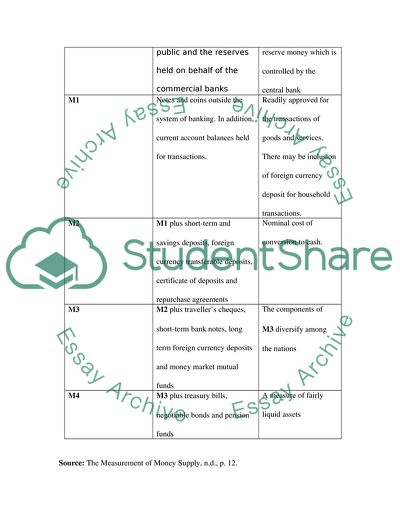Cite this document
(Money Supply Process Assignment Example | Topics and Well Written Essays - 2000 words, n.d.)
Money Supply Process Assignment Example | Topics and Well Written Essays - 2000 words. https://studentshare.org/macro-microeconomics/1730475-money-supply
Money Supply Process Assignment Example | Topics and Well Written Essays - 2000 words. https://studentshare.org/macro-microeconomics/1730475-money-supply
(Money Supply Process Assignment Example | Topics and Well Written Essays - 2000 Words)
Money Supply Process Assignment Example | Topics and Well Written Essays - 2000 Words. https://studentshare.org/macro-microeconomics/1730475-money-supply.
Money Supply Process Assignment Example | Topics and Well Written Essays - 2000 Words. https://studentshare.org/macro-microeconomics/1730475-money-supply.
“Money Supply Process Assignment Example | Topics and Well Written Essays - 2000 Words”. https://studentshare.org/macro-microeconomics/1730475-money-supply.


